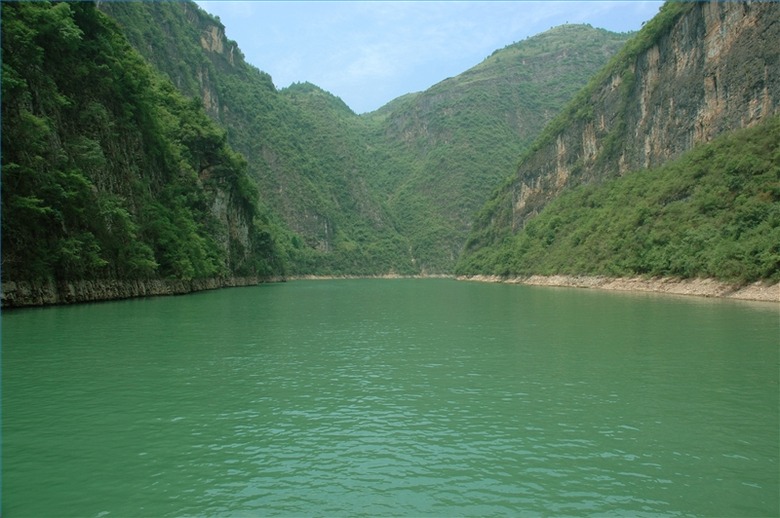Facts About Fjords
Imagine an extensive ice sheet draped over the hills and river valleys on the edge of a continent. This ice sheet, called a glacier, formed when sea or fresh water filled the indentations of the land and froze into a solid sheet of ice. Over time, this glacier expanded and contracted as water accumulated or melted from the glacier. Changes created movement that scoured the land beneath the ice mass. As the glacier melted, the mass of ice crushed rock and earth as it receded from the Earth's surface. This gouging generated a deep U-shaped valleys called a fjords.
Fjords as Estuaries
Fjords as Estuaries
Fjords function as estuaries in the Earth's ecosystem. Estuaries denote the connection between the ocean and inland waterways such as rivers and streams. An estuary typically contains a mixture of salt and fresh water, blended to form an environment that fosters many animal and plant species. Fjords differ from standard estuaries because the ancient glacier movement dropped a pile of debris called a sill separating the estuary from the larger body of water. Typical estuaries feature open flows of water between salt and freshwater bodies.
Biggest Fjords
Biggest Fjords
Norway contains the greatest number of fjords, although fjords can be found all over the world, from the west coasts of South America and North American to Russia, Europe, Tasmania and Greenland. The Sognefjord in Norway is the second longest fjord in the world at 127 miles. The longest, named Scoresby Sund, lies in Greenland, extends 217 miles inland and is 4,900 feet deep. Scoresby Sund is one of the deepest fjords in the world.
Landscape
Landscape
The typical landscape of a fjord includes towering mountains on each side of a flooded river valley. In fact, many people only consider fjords genuine when the landscape features a body of water surrounded by high cliffs. Scientists have discovered that fjords form in many ways. Receding glaciers, landlocked glaciers melting and scouring the surface or glaciers actually extending into the ocean waters all represent potential causes of fjords. When the glacier meets ocean water, it gradually melts to deposit suspended material that forms the sill.
Norway's Fjords
Norway's Fjords
Travelers know Norway as the place to go to explore unique fjord ecosystems. The Gulf Stream that tracks across the Atlantic Ocean fuels the fjord estuaries of Norway. The warm current of water keeps the climate comfortable and the fjords basically ice free.
Characteristics
Characteristics
Norwegian fjords feature abundant wildlife such as seals, porpoises and a wide range of fish and bird life. These deep waterways tend to be narrow in design with high mountainous areas lining the channel. Scientists believe that the fjords located at the highest northern latitudes formed during the last ice age over 20,000 years ago. Fjords can feature waterfalls where glaciers cut steep shelves into the underlying landscape as the huge masses of ice receded.
References
Cite This Article
MLA
Heron, S.F.. "Facts About Fjords" sciencing.com, https://www.sciencing.com/fjords-5460647/. 22 November 2019.
APA
Heron, S.F.. (2019, November 22). Facts About Fjords. sciencing.com. Retrieved from https://www.sciencing.com/fjords-5460647/
Chicago
Heron, S.F.. Facts About Fjords last modified March 24, 2022. https://www.sciencing.com/fjords-5460647/
